
Mark Charan Newton, the author of three fantasy novels, “The Reef”, “Nights of Villjamur” and “City of Ruin”, accepted my invitation for a coffee. Virtually for now, but I hope that someday I’ll have the chance to invite him to a proper coffee meeting. Until then:
Mihai (Dark Wolf): Mark, thank you very much for accepting my invitation.
Your third book in “Legends of the Red Sun” is called “Book of Transformations”, am I right? How did Mark Charan Newton, the author, transform from his first novel, “The Reef”, to his latest, “Book of Transformations”?
Mark Charan Newton: Yes, that’s right. The Reef was written back when I was 23, and was something that I think is very much a young person’s novel. I never expected it to be published, but a couple of years later a UK small publisher picked it up and put out a couple of hundred copies. So, due to those reasons, I think I don’t treat it with too much seriousness; it’s a rough novel, hard to find, but seems to have a decent value to collectors! I’ve learnt a huge amount since writing Nights of Villjamur, City of Ruin, and now The Book of Transformations. The most essential thing is that I always want to improve on my failings. Every writer has them – even though we’ve egos to hide such things away! – but I hope by now I’ve ironed out many of my flaws. The editorial process is an essential guide, and I’m lucky to have such a great team involved, and who have helped steer me on the right track. Also, they permit their authors a lot of creative freedom, and the list shows they look for variety – something which only a few publishers seem to do these days.
Mihai (Dark Wolf): How does a writer measure performance? What matters most in your opinion: awards, good reviews or public success?
Mark Charan Newton: Perhaps because I’ve worked in the book industry as a bookseller, I know that awards generally result in a negligible increase in sales. Ultimately, I’d like my books to be read as widely as possible, though the kudos from awards would, of course, be lovely. The things that make a book a success are little to do with the content: getting the right cover, the right release schedule, having a publisher that forks out thousands of pounds/dollars to get your book on table displays… That’s how the industry works, and that’s how careers are shaped. For those reasons I can’t use sales as a measure of my own performance. So, I think good reviews – in terms of interaction with the text – is possibly the best measure. And not even getting great reviews, but getting reviews that say the book made contemplate something in their own lives or their own attitudes – that’s what makes me think, ‘Yes – I’ve done something right.’ As long as I’m stirring up some kind of varied emotion, I think I’m doing something right.
M(DW): Your latest novels “City of Ruin” features a clash of civilizations. With a rise of globalization felt on every day basis, do you believe that the clash between cultures can bring an improvement to the fantasy genre?
MCN: As in, the fact that people are more aware of other cultural influences? Well globalization is quite often a case of dodgy Western foreign policy coupled with the World Bank screwing over some other sector of the world in the name of supposedly ‘free’ trade. I don’t think anyone learns from that.
We’re better travelled generation, and certainly in many cities there is a state of multiculturalism. But even within those cities there are tensions. It isn’t harmony by any means. Foreigners are among the first to be blamed for most economic ills, rather than the real issues being addressed. Racism is a symptom of recessions.
Does fantasy even address or respond to concerns in the real world? I’ve thought about this subject a lot, and though I’ve not read a huge amount of the current genre (due to the writing taking up time), I get the impression – from the barometer of the blogosphere – that stories are still very much dominated by white people or that misogyny is common place (for example, that women exist solely to be saved by The Hero). Though thankfully, at least much of this is being flagged up these days.
M(DW): In one of your blog posts you say that the new published titles get much more attention than the classic and older works of fantasy. Do you believe that the fantasy genre is confronting a certain stereotype? Do you believe that the genre is on the need of new and fresh ideas?
MCN: No, the ideas are out there – they’re just over shadowed when publishers start splashing cash and seducing folk with review copies to ensure the commercial stuff shifts units. It’s inevitable. Everyone likes free books, and people want to discuss a current trend. There was a spark – a few years ago – when I genuinely thought the internet could free up the genre and allow customers / readers / reviewers to be genuinely anarchistic and celebrate the more obscure/arty/weird novels. Perhaps that was rather quixotic of me, but that’s certainly not the case today. Publishers are very savvy. They’re fighting for people to talk about frontlist titles, which is understandable, because that’s what they’re being paid to do.
M(DW): With an increase in the involvement of the authors in the promotion of their own works nowadays, do you believe that one day the writers would opt for self-publishing more often? Would such an option be a viable course for an author’s career?
MCN: Self-publishing – not in the general sense of cutting out editors and publishers. That way would be career suicide – editors help make a book better and spend many hours/days/weeks doing so. Publishers stump up cash and have the infrastructure (real people – reps, art directors, etc) to help make a book attractive to consumers so it will sell lots. Without that, you’re simply lost in all the white noise out there. Now of course, there are exceptions that people will cling on to for dear life – authors who are established and wish, for example, to release some self-published short stories. That would work. But an author needs to spend most of their time writing. Editors create the conditions that allow authors to keep doing that.
M(DW): If you were given the chance to live in Villjamur or Villiren which one would you chose? Why?
MCN: Villjamur, probably! It’s less corrupt, and there’s a lot more history in the architecture. I’m a sucker for old places – crumbling stairways or lanes that lead to nowhere. Such things can inspire the imagination…
Thank you very much for your time and answers :)
Thank you for asking them!





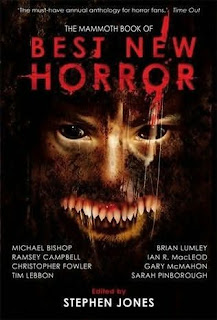





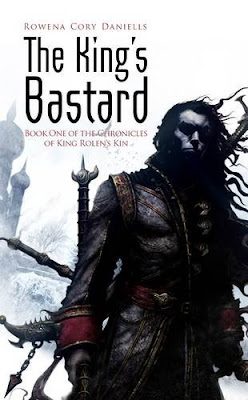




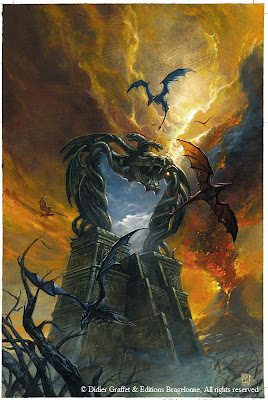
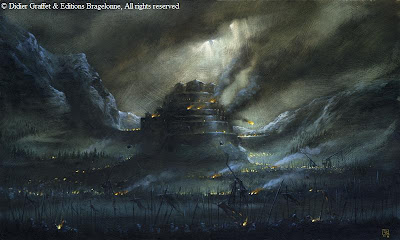


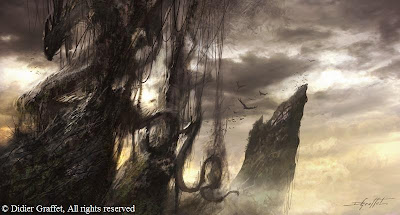

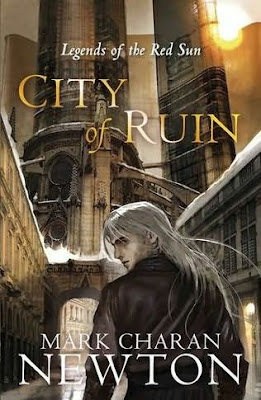


 Best Novella: “Palimpsest” by Charles Stross (Wireless; Ace, Orbit)
Best Novella: “Palimpsest” by Charles Stross (Wireless; Ace, Orbit) Best Novelette: “The Island” by Peter Watts (The New Space Opera 2; Eos)
Best Novelette: “The Island” by Peter Watts (The New Space Opera 2; Eos) Best Short Story: “Bridesicle” by Will McIntosh (Asimov’s 1/09)
Best Short Story: “Bridesicle” by Will McIntosh (Asimov’s 1/09)
 Best Graphic Story: “Girl Genius, Volume 9: Agatha Heterodyne and the Heirs of the Storm” written by Kaja and Phil Foglio; art by Phil Foglio; colours by Cheyenne Wright (Airship Entertainment)
Best Graphic Story: “Girl Genius, Volume 9: Agatha Heterodyne and the Heirs of the Storm” written by Kaja and Phil Foglio; art by Phil Foglio; colours by Cheyenne Wright (Airship Entertainment) Best Semiprozine: “Clarkesworld” edited by Neil Clarke, Sean Wallace, & Cheryl Morgan
Best Semiprozine: “Clarkesworld” edited by Neil Clarke, Sean Wallace, & Cheryl Morgan Best Fanzine: “StarShipSofa” edited by Tony C. Smith
Best Fanzine: “StarShipSofa” edited by Tony C. Smith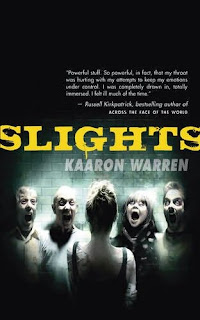
 Best Novella or Novelette: “Wives” by Paul Haines (X6/Couer de Lion)
Best Novella or Novelette: “Wives” by Paul Haines (X6/Couer de Lion) Best Short Story: “Seventeen” by Cat Sparks (Masques, CSFG)
Best Short Story: “Seventeen” by Cat Sparks (Masques, CSFG) Best Collected Work: “Slice Of Life, Paul Haines” edited by Geoffrey Maloney (The Mayne Press)
Best Collected Work: “Slice Of Life, Paul Haines” edited by Geoffrey Maloney (The Mayne Press) Best Artwork: Lewis Morley - Cover art, “Andromeda Spaceways Inflight Magazine #42”
Best Artwork: Lewis Morley - Cover art, “Andromeda Spaceways Inflight Magazine #42”





